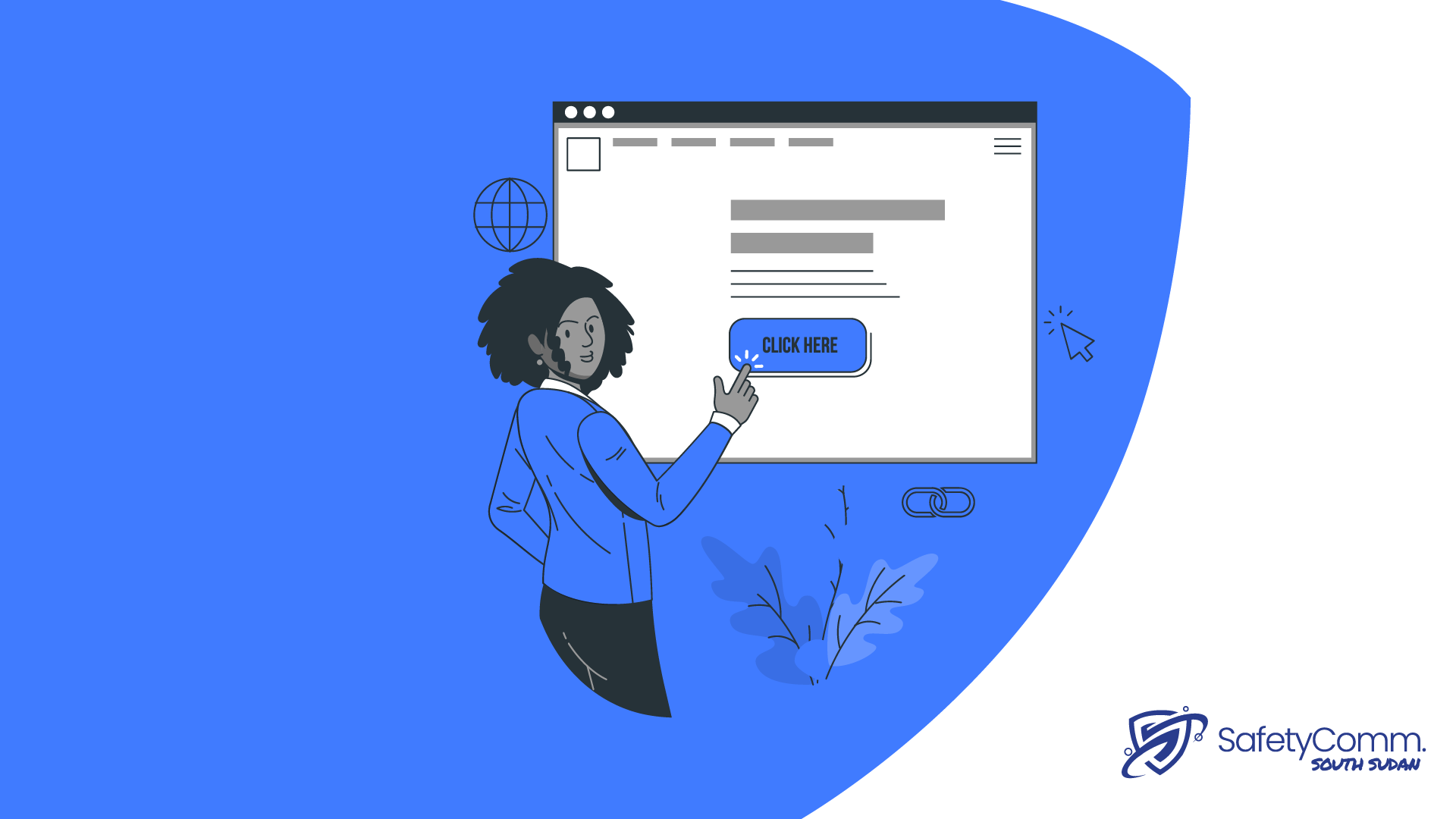In the fast-paced world of online content, you’ve likely come across the term “clickbait.” It refers to those intriguing, attention-grabbing headlines or thumbnails that tempt you to click and explore further.
However, clickbait often leads to disappointment or misleading information. In this blog post, we will delve into the world of clickbait, understand its techniques, and provide tips on how to navigate the online landscape wisely.
What is Clickbait?
Clickbait is a technique used by content creators to attract users’ attention and increase website traffic. It employs sensational headlines, exaggerated claims, or misleading images to entice people to click on the content. The primary goal of clickbait is to generate ad revenue or boost page views, often at the expense of delivering substantial or accurate information.
Identifying Clickbait:
Recognizing clickbait is crucial to avoid falling into its traps. Look out for headlines that employ hyperbole, shock value, or excessive punctuation. Phrases like “You won’t believe,” “This will change your life,” or “Shocking revelations” are often signs of clickbait. Similarly, misleading images or thumbnails that don’t align with the actual content are red flags.
The Problem with Clickbait:
Clickbait can be harmful in several ways. It deceives users, wasting their time and leaving them disappointed. It undermines the credibility of reliable sources and perpetuates misinformation. Additionally, excessive exposure to clickbait can lead to desensitization, where users become immune to genuine and informative content.
Responsible Content Consumption:
To protect yourself from clickbait, adopt a few simple practices:
- Scrutinize headlines: Read beyond the attention-grabbing headline and assess the credibility of the source.
- Analyze the source: Verify the reputation and reliability of the website or publication before accepting their claims.
- Cross-reference information: Check multiple sources to ensure accuracy and gather a well-rounded perspective.
- Read the full article: Don’t rely solely on the headline or summary; delve into the entire piece to assess its value.
Mindful Sharing:
Avoid becoming a carrier of clickbait by being mindful of what you share. Verify the information’s authenticity and ensure it aligns with your personal values. Sharing clickbait perpetuates its existence and contributes to the spread of misinformation.
Responsible Content Creation:
If you’re a content creator, aim for transparency and authenticity. Craft headlines that accurately reflect the content and provide value to your audience. Build trust by delivering informative, well-researched, and engaging material.
Seeking Quality Content:
Instead of falling into the clickbait trap, actively seek quality content from reliable sources. Follow reputable news outlets, subscribe to informative newsletters, or rely on trusted content curators to ensure you receive accurate and valuable information.
Summary
Clickbait is a pervasive phenomenon in the online world, luring users with sensational promises that often fall short of expectations. By understanding the techniques used by clickbait creators, we can navigate the online landscape more wisely.
Remember to scrutinize headlines, verify sources, read beyond the surface, and prioritize quality content. By doing so, we can protect ourselves from clickbait’s deceptive allure and contribute to a more informed and trustworthy online community.




